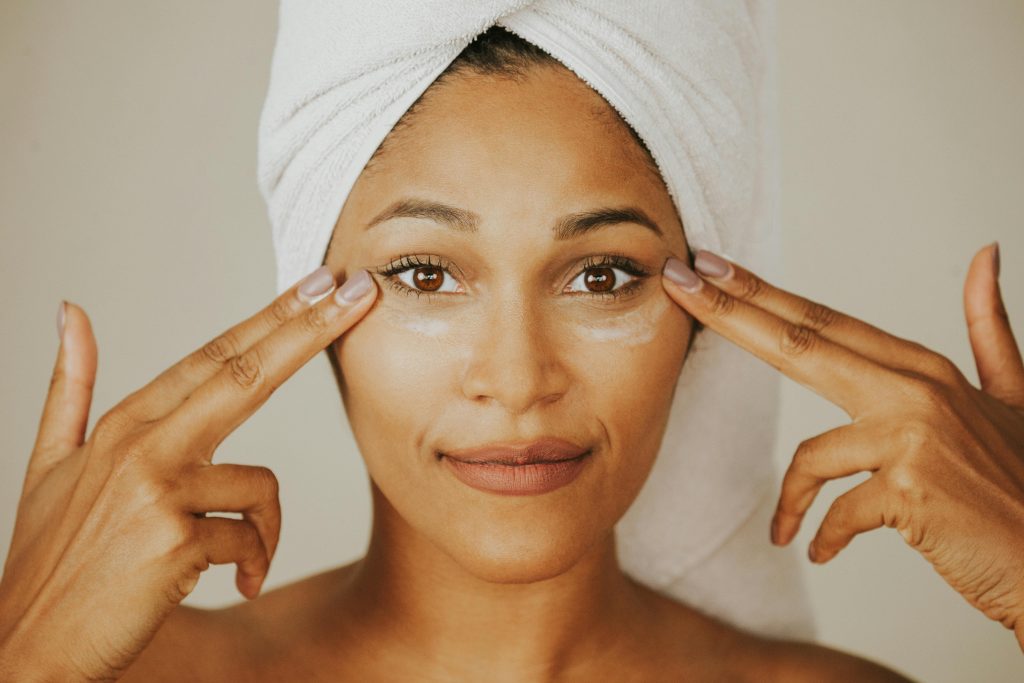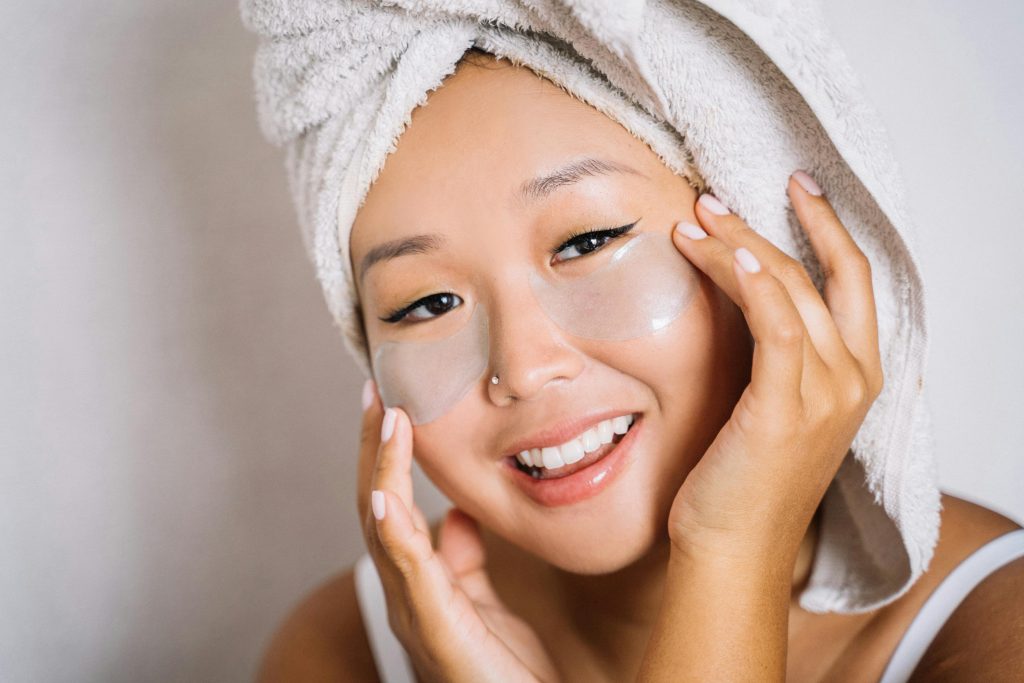As an Amazon Affiliate, I earn a commission for the products linked bellow
Slugging Skincare: Does It Really Work?
Slugging skincare has taken social media by storm, promising smooth, hydrated, and plump skin. But does this viral skincare trend actually work?
In this article, we’ll explore the science behind slugging, its benefits and potential drawbacks, and how to do it correctly for the best results.
What Is Slugging Skincare?
Slugging is a skincare technique where you apply a thick layer of an occlusive (like petroleum jelly) as the last step of your nighttime routine.
The idea is to lock in moisture and create a barrier that prevents transepidermal water loss (TEWL) while you sleep. The result? Soft, supple, and deeply hydrated skin.
How Does Slugging Work?
Occlusives like petroleum jelly (often marketed as Vaseline) create a seal over the skin, trapping moisture from previously applied products.
This barrier helps repair the skin’s moisture barrier and prevents dryness.
Why “Slugging”?
The name comes from the slimy, shiny appearance the occlusive leaves on the skin, resembling a slug’s trail.
Despite the name, the technique itself is far from slimy and can be highly beneficial when done correctly.
Benefits of Slugging Skincare
🔹 Intense Hydration
Slugging helps combat dryness by preventing moisture loss, leaving the skin soft and hydrated by morning.
🔹 Improved Skin Barrier
By sealing in moisture, slugging supports the skin barrier’s function, reducing irritation and flakiness.
🔹 Great for Dry and Sensitive Skin
People with eczema, rosacea, or extremely dry skin can benefit from the intense hydration that slugging offers.
🔹 Helps Soothe Irritated Skin
Since slugging acts as a protective layer, it can aid in the healing of irritated or compromised skin.
How to Do Slugging the Right Way
✅ Step 1: Cleanse Your Face
Start with a gentle, non-stripping cleanser to remove makeup and impurities.
Recommended Product: CeraVe Hydrating Facial Cleanser
✅ Step 2: Apply Hydrating Products
Layer lightweight serums and moisturizers before applying the occlusive.
Recommended Product: The Ordinary Hyaluronic Acid 2% + B5
✅ Step 3: Seal It In
Apply a thin, even layer of petroleum jelly or a petrolatum-based ointment as the final step.
Recommended Product: Vaseline Healing Jelly
✅ Step 4: Leave Overnight
Wake up to plump, hydrated skin! Rinse off any residue with a gentle cleanser in the morning.
Who Should Avoid Slugging?
While slugging is generally safe for dry and sensitive skin, it’s not ideal for everyone.
❌ Oily or Acne-Prone Skin
Slugging can trap oils and bacteria, potentially leading to clogged pores and breakouts.
❌ Active Breakouts
If you’re dealing with acne, slugging might exacerbate the issue. Consider spot-treating or consulting a dermatologist before trying it.
❌ Using Actives? Be Cautious!
Avoid slugging after applying strong actives like retinoids or exfoliating acids, as it can increase irritation.
Does Slugging Really Work?
Yes, but its effectiveness largely depends on your skin type and routine. Those with dry, dehydrated, or compromised skin barriers often see great results.
On the other hand, oily and acne-prone skin types might experience clogged pores.
Dermatologists generally approve of slugging as long as it’s done correctly and on suitable skin types.
However, it’s important to adjust the frequency based on how your skin responds.
Alternative Occlusives for Slugging
While petroleum jelly is the most popular choice, there are alternatives:
💠 Aquaphor Healing Ointment: Contains additional hydrating ingredients like glycerin.
💠 CeraVe Healing Ointment: Combines petrolatum with ceramides for extra barrier support.
💠 Beeswax-Based Balms: Natural alternatives that still lock in moisture.
FAQs
- Can I slug every night?
It depends on your skin type. Dry or compromised skin may benefit from nightly slugging, while others might need it only a few times a week.
- Is slugging good for acne-prone skin?
Not at all. Slugging can trap oil and bacteria, clogging pores and leading to breakouts.
- Can I use oils instead of petroleum jelly?
Oils don’t create the same occlusive barrier as petroleum jelly, so they might not be as effective for slugging.
- Will slugging make my skin greasy?
If done correctly (using a thin layer), your skin should feel moisturized rather than greasy.
- Should I slug during the day?
Slugging is typically done overnight. During the day, it may feel heavy and interfere with makeup.
Final Thoughts
Slugging skincare can work wonders for dry and sensitive skin, helping to lock in moisture and support the skin barrier.
However, it’s not suitable for everyone, particularly those with oily or acne-prone skin.
By following the proper steps and choosing the right products, you can reap the benefits of this trending skincare technique without the unwanted side effects.







